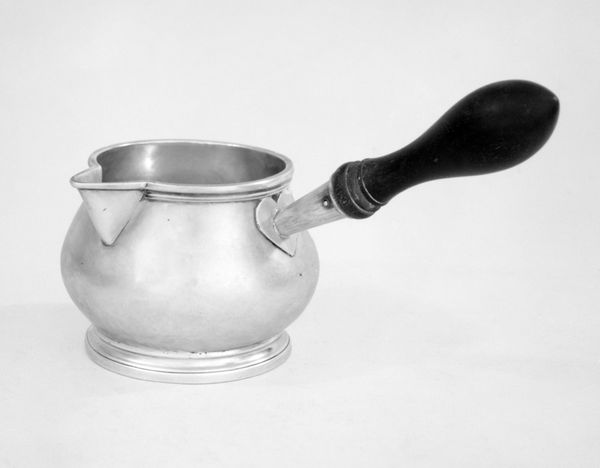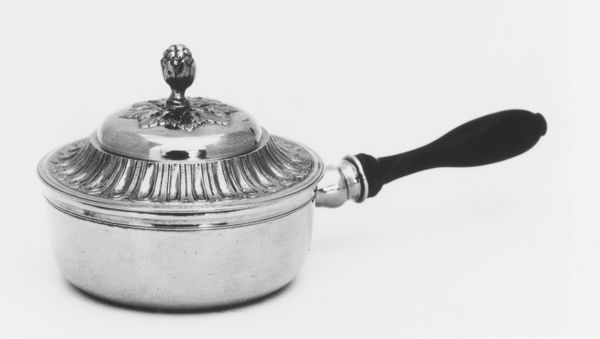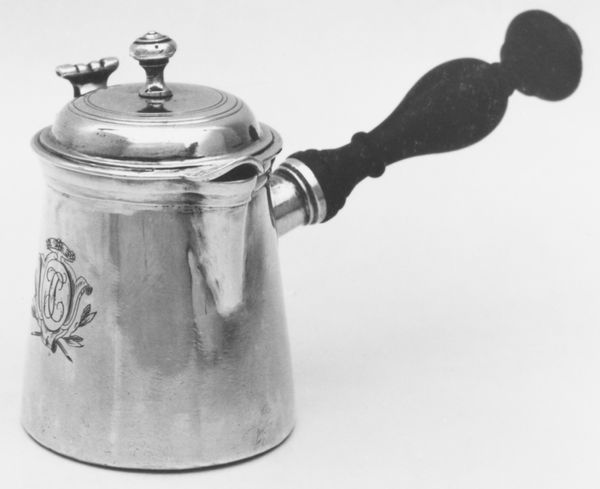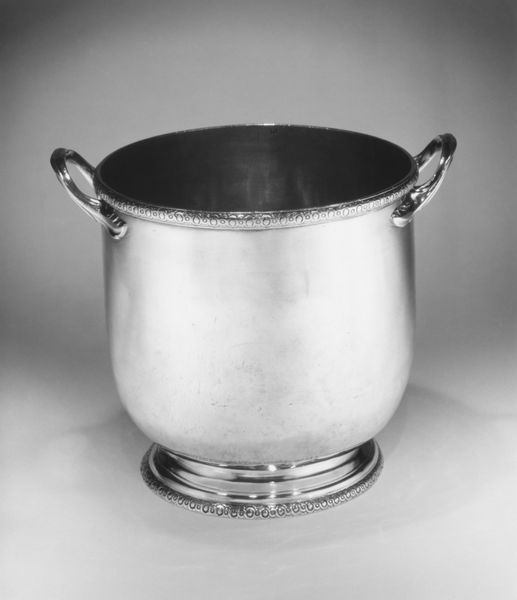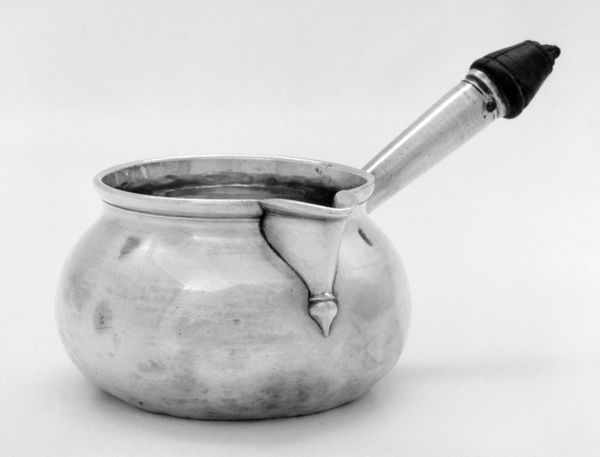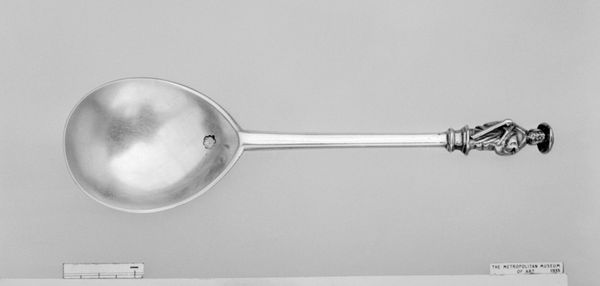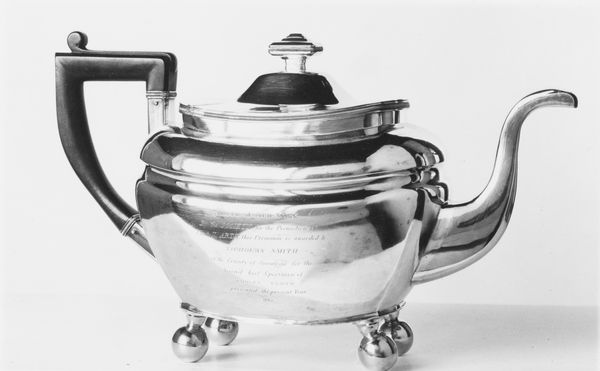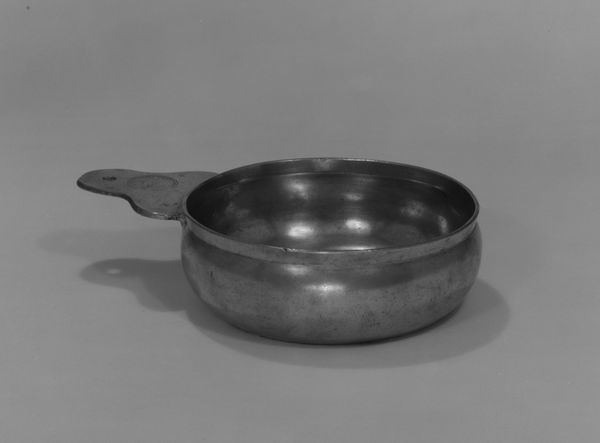
drawing, metal
#
drawing
#
metal
#
charcoal drawing
#
line
#
white background
#
charcoal
#
realism
Dimensions: 7 x 12 1/2 x 5 1/2in. (17.8 x 31.8 x 14cm)
Copyright: Public Domain
Editor: Here we have "Saucepan" from around 1755, residing at the Minneapolis Institute of Art. It’s a drawing rendered with charcoal, depicting a simple metal saucepan with a wooden handle. What strikes me is the clear delineation of the object – how would you unpack this choice of medium and subject? Curator: This drawing foregrounds the labor involved in producing and consuming everyday objects. Charcoal on paper, representing a metal saucepan, is inherently about transformation, of materials and function. We are looking at the representation of a product, but it invites us to consider the processes behind its creation. Editor: So, the drawing emphasizes the process of its creation, more than the product itself? Curator: Precisely. This piece highlights the distance between the raw materials – the metal ore, the wood – and the finished, domestic object. Furthermore, the act of drawing emphasizes human labor – the craftsmanship that transformed those raw materials. Who was making these saucepans, and for whom? This piece subtly questions social hierarchies and consumption practices. Editor: It's fascinating to think about this piece questioning such ordinary practices. What would have been consumed out of a saucepan such as this one? Curator: Hot chocolate perhaps, which involves cacao grown and harvested by enslaved labourers of the global South. How does viewing this work through that lens alter your understanding? Editor: Now that I'm thinking of this context, this piece makes me rethink consumption as we see it today! Curator: The deliberate rendering and chosen materials underscore the historical context of the era and social implications that we may oversee. Art allows us to be socially aware and examine commodities as symbols, while exploring the social systems behind their consumption.
Comments
No comments
Be the first to comment and join the conversation on the ultimate creative platform.
